Whether your home windows are difficult to open or have condensation between double-pane glass, replacing your windows can save money and improve comfort. However, there are many factors to consider when choosing the right type and brand of window for your home.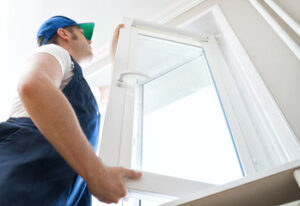
Top window replacement options include pocket and new-construction windows. New-construction windows require the removal of your original window frame and exterior cladding. To learn more, visit https://yourhomeexteriors.com/.
A homeowner should replace windows when they become damaged, outdated or energy inefficient. This can boost a home’s resale value and increase its curb appeal, but it can also save money on heating and cooling bills. New windows are more expensive than repairs, but the investment can pay off in a few years.
Window replacement costs vary based on frame material, window design, installation, and other factors. Wood windows are the most expensive, while aluminum and vinyl are the least. Added insulation and weatherproofing add to the cost, as do special features like tinted glass or safety glazing. Larger or difficult-to-reach windows are also more expensive to install, as well as those that require a unique shape.
If a homeowner chooses to replace their windows with ones from the Energy Star list, they can claim a 30 percent tax credit on the project through 2032. Choosing a high-quality brand will also increase savings, as these windows are more energy efficient and long-lasting than their counterparts.
Choosing the wrong size window can result in costly mistakes. It’s important to take measurements before ordering. Otherwise, homeowners could end up paying a restocking fee or installing the windows with shims.
Installing new windows can help a home reduce its energy bills by as much as 25 percent, according to the Environmental Protection Agency. This can save homeowners hundreds each year in energy costs. Moreover, they can boost a home’s resale price by up to 17 percent.
A professional installer can help homeowners choose the best type of window for their needs and budget. They can also recommend the right materials, styles and sizes to match a home’s architectural style. This will ensure that the new windows are a good fit and can last for decades.
Many people think that they can save money by replacing their windows themselves, but this is usually not a wise decision. Improper installation can lead to structural damage, water infiltration, and reduced energy efficiency. This may also lead to future repair expenses. Ultimately, hiring a professional installer will save money in the long run and will ensure that the new windows are installed correctly.
Energy Efficiency
Energy efficient windows are a great way to save on heating and cooling bills. The insulating properties of these windows can significantly reduce your energy consumption, and also help you go green by using less fossil fuels. When choosing energy-efficient windows, look for ones that are ENERGY STAR certified, which means that they’ve been tested and verified by the U.S. Department of Energy.
A window’s frame and sash play an important role in its overall insulating capabilities. The type of window you choose will also determine how energy efficient it is. Double-hung windows are the most popular type of replacement window, but sliding and crank-out windows also offer great insulating benefits. Regardless of which type you choose, it’s important to choose windows with low air leakage ratings, as high air leakage can lead to higher energy bills.
One advantage that window replacement offers over simple fixes like weather stripping is that it’s a comprehensive solution that addresses all the potential points of air leakage in your home’s frames and sash. Having your windows replaced by an experienced professional will also ensure that the window is properly installed, which can also help with energy efficiency.
Depending on your needs, you may be able to save money by choosing a “pocket” replacement window, which fits inside your existing frames without the need for molding on the inside or trim on the outside. However, this option will only work if the original frames are in good condition.
Another great option for increasing your home’s energy efficiency is to install new windows with argon or krypton gas between the panes. This gas helps to keep your home warmer in the winter and cooler in the summer, and it can help with noise reduction as well.
A window’s visible transmittance (VT) and solar heat gain coefficient (SHGC) are also important considerations when it comes to energy efficiency. VT reveals how much light the window allows into your home, while SHGC reveals how much the sun’s heat enters the house. A lower VT and SHGC rating means that the window is more energy efficient.
Lifespan
The average lifespan of home windows is around 20 years. Depending on where they’re located in your house, window materials and maintenance, and other factors, they may last longer or less than that time. Having an understanding of how long you can expect your windows to last can help you plan for when the time comes to replace them.
The earliest signs that it’s time to upgrade your windows include fogging between the panes of glass, leaky frames and windows, and reduced energy efficiency. If you notice these symptoms, it’s a good idea to consult with a professional about your options for window replacement.
Aside from reducing your energy bills, a window replacement project can also improve the curb appeal of your home and increase its value. If you’re considering selling your house in the future, it’s also worth looking at new window options to see how they might affect the value of your property.
If you have a lot of windows to replace, it’s worth investing in full frame window replacement rather than insert windows. This approach allows installers to address the lack of insulation around the window frame and ensures the proper installation of flashing, which is a water management system that protects your home from moisture damage.
The cost of replacing all your windows at once will be more affordable than completing the project in phases. However, it’s important to prioritize the windows that are leaking or allowing outside air into your home.
In addition to lowering energy costs, a well-sealed window can reduce the amount of allergens in your home. If you’ve noticed your allergies getting worse, your old windows may be letting in plenty of pollen and dust. Replacing your old windows with more efficient models can lower allergy symptoms and keep you and your family healthier.
Maintenance
Investing in new windows will elevate your home’s curb appeal, add value and save energy costs. However, it’s important to understand the different types of window replacement to avoid costly surprises and ensure your project goes smoothly.
The type of window replacement you choose will depend on the condition of your existing frames. A full frame replacement will require your windows and trim to be removed, whereas a retrofit replacement will leave the existing frame and sash in place. The former option will be more costly, as it will involve a substantial amount of labor.
If your existing frames are in good shape, you may be able to opt for an insert window replacement instead. Also known as frame-in-frame windows, these are a great choice for homes with solid wood or aluminum frames that are structurally sound. In this installation method, only the old sash, operating hardware and covers are removed. Then, the new window is inserted into the existing frame where it’s anchored, insulated and sealed.
Window replacement is a project that can be done at any time of year, but it’s best to schedule during milder weather. This is because caulking tends to set poorly in very cold temperatures, and moisture from rain or snow can affect the tight tolerances required for a quality installation.
There are several key indicators that it’s time to replace your Anne Arundel County windows. Perhaps you’ve noticed that your sashes are difficult to open, or your home is experiencing high energy bills due to a faulty seal that allows outside air to penetrate the double-pane glass.
In any case, your windows should have a warranty that covers defects or issues that arise. Check your manufacturer’s website for details, and remember that you’ll need to provide a copy of your home’s window identification number (WIN) in order to receive any warranty coverage. The WIN is located on the exterior of your window, usually on one of the lower corners. If you’re unsure of where to find your WIN, ask your window installer for assistance. A well-trained and experienced crew will be able to identify your window and locate the proper WIN information for you.




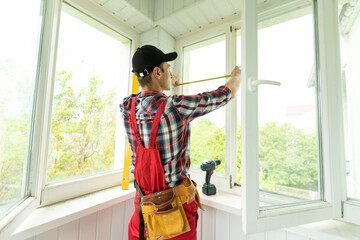


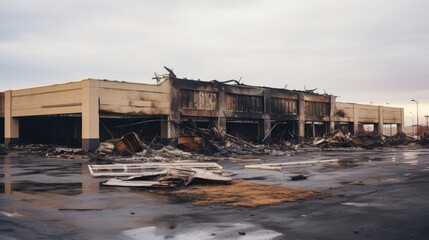


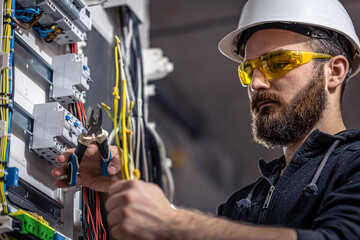

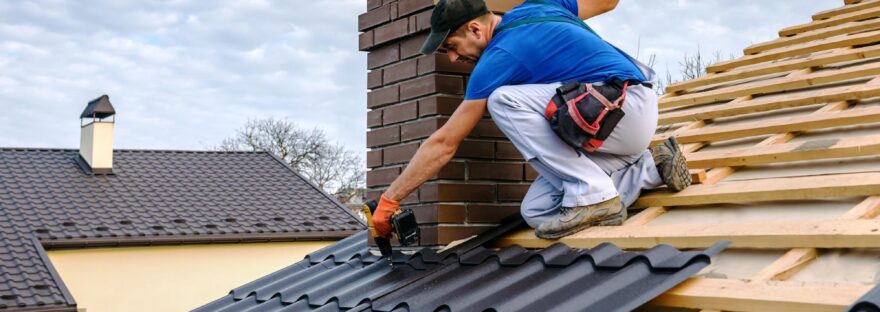




 Sterling silver
Sterling silver